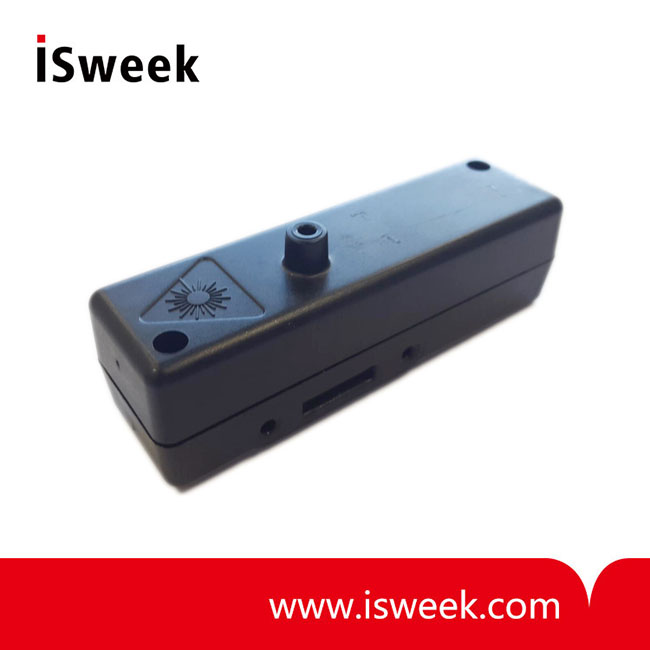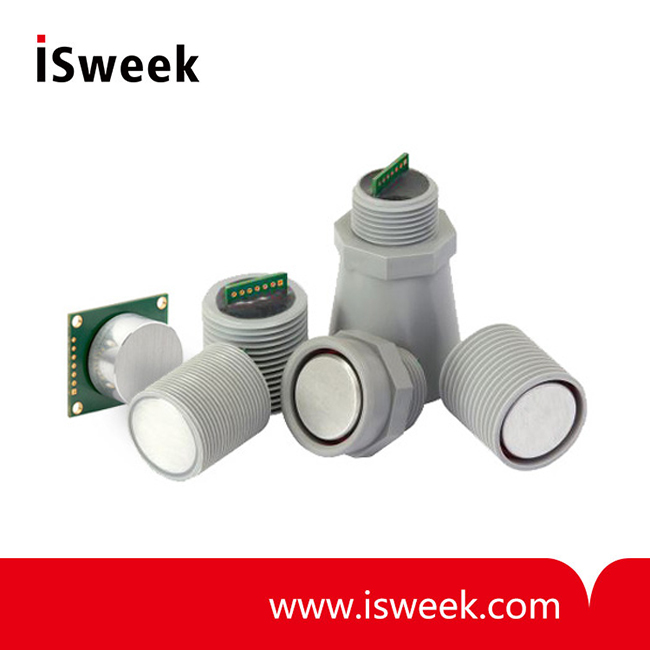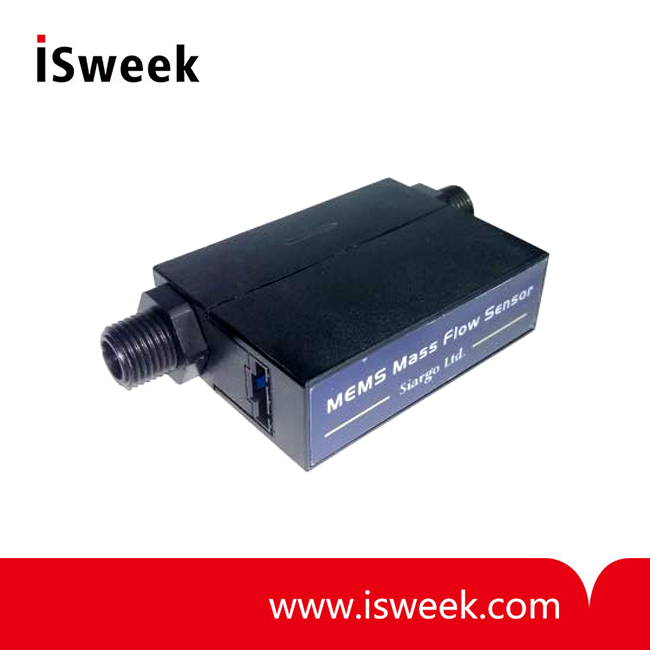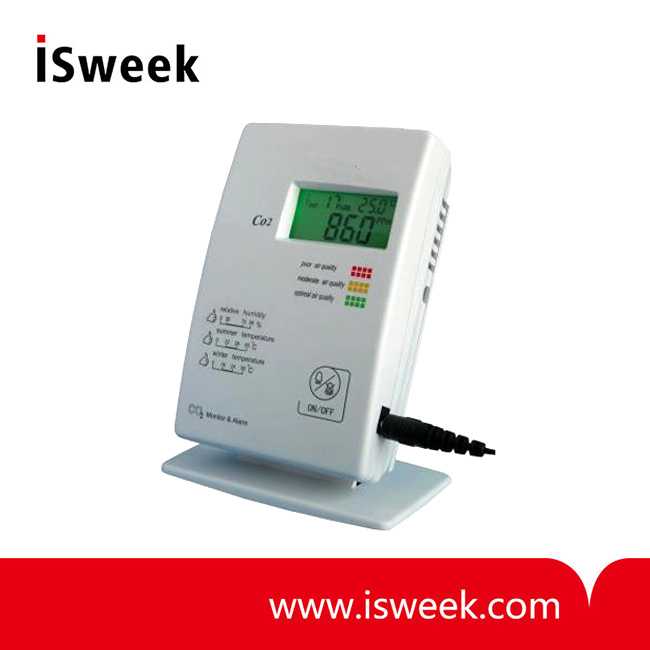With rapid urbanization, utility tunnels play a crucial role in maintaining smooth city operations by consolidating pipelines and reducing construction-related accidents. To ensure safety and efficiency, sensor monitoring systems are deployed throughout utility tunnels to provide real-time data on key parameters.

Real-Time Environmental Monitoring
Sensors are strategically installed at set intervals in utility tunnels to measure temperature, humidity, and oxygen content continuously. When these parameters reach preset alarm levels, the ventilation system is automatically activated to adjust conditions and enhance oxygen levels, ensuring a secure working environment.
Integrated Pressure, Humidity, and Temperature (PHT) Sensors
Devices like the MS8607 can simultaneously monitor temperature, humidity, and pressure, offering comprehensive data that helps maintain optimal tunnel conditions.

Oxygen Detection for Safety
Oxygen sensors are critical in utility tunnels, where both high and low oxygen levels pose significant risks. The electro-chemical oxygen sensor (O2-M2), often referred to as an oxygen cell, measures oxygen concentration in environments such as coal mines, steel industries, petrochemical plants, medical facilities, and tunnels. With a compact 20mm design and a two-year service life, the O2-M2 is commonly used in oxygen alarms and analyzers.

Another reliable option is the LuminOx Fluorescence Optical Oxygen Sensor (LOX-02). These low-cost, low-power, and maintenance-free sensors offer high accuracy, simple operation, and non-toxic materials, and can be directly interfaced with microcontrollers. They are widely used in portable devices, breathing machines, inerting systems, medical care, laboratory equipment, agriculture, and more.

The electro-chemical oxygen sensor KE series (KE-25F3/KE-25/KE-50) provides long service life, resistance to interference from CO₂, CO, H₂S, NOₓ, and H₂, stable signal output, and cost-effective operation without external power or heating. These sensors are ideal for applications in medical anesthesia machines, oxygen incubators, greenhouses, air conditioning systems, and oxygen detectors.
Methane and Toxic Gas Detection
Methane sensors are essential for detecting natural gas leaks and monitoring methane concentrations in storage areas. In utility tunnels, prolonged fermentation of urban wastewater can generate H₂S and CH₄, which, when combined with other gases, pose explosive risks. Pre-calibrated methane gas sensor modules like the AG-2-CH4-MA2611(D) (equipped with the Figaro TGS 2611 E00) are used for real-time methane detection and alarm systems.

Additionally, installing toxic gas sensors is necessary to monitor various hazardous gases within utility tunnels. ISWeek technicians offer expert advice on selecting and deploying these sensors to further enhance tunnel safety.






